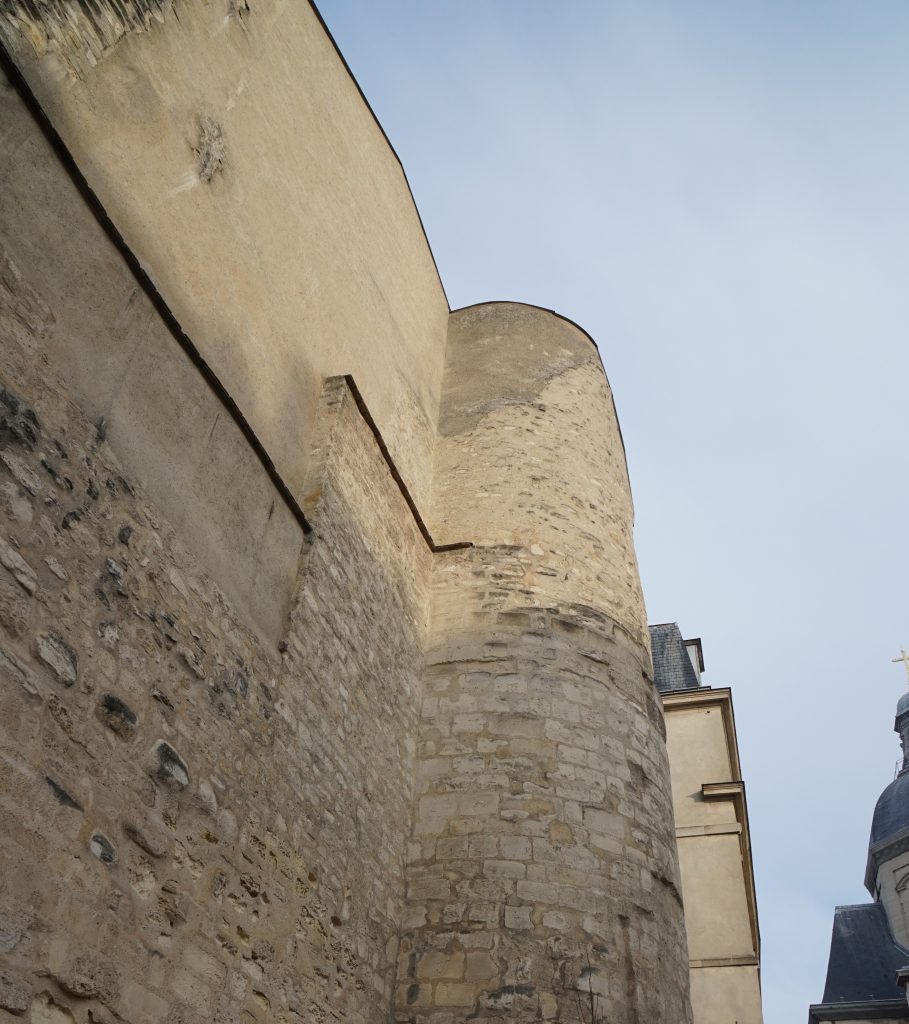
NOV 03rd TO 07th, 2025
PARIS, FRANCE
All of France

Emmanuel Cornubet from luxury DMC The 1492 Company reveals one of Paris’ many secrets “hiding in plain sight” that is both little-known and yet, extremely important to the city’s history.
What is the local hidden treasure?
The remains of the old fortification of Paris, and specifically the ruins of one main wall called the
enceinte Philippe Auguste (named for the French King Philippe II, known as “Philippe Auguste”),
were built just before he left France for the Crusades. The largest section can be seen in the Marais close to the River Seine on Rue des Jardins St. Paul, but another piece can actually be found beneath the Louvre itself.
What makes it so special?
Personally, I love that it is still standing and visible to everybody. Although not many people even notice or know what it is, it’s quite incredible to think that the modern city of Paris has in its very core some part of a fortification wall that is centuries old. It reminds me that the history of Paris spans hundreds of years and that it was originally built as a fortified castle. As the city expanded and grew in size, fortifications were continually being built all around it. Even the freeway circling the city was built on the footprint of the last historical fortification wall named Thiers, built in the 19th century.
How did you discover this treasure?
As with most things I learned about Paris at a very young age, I owe this discovery to my father, an iconic Parisian chauffeur and guide with 40 years of experience. I was probably about five
years old and very much interested in forts, castles, and medieval knight stories when he told me about those walls and how they were built to keep the king and his people safe from invasion.
How can visitors best experience this gem?
I really suggest visitors meet up with an experienced and exciting guide who can take them back in time. A true storyteller can bring the past alive with just a few stones and a bit of imagination.
For more information about The 1942 Company, click here.

Emmanuel Cornubet of luxury DMC The 1492 Company takes us to the Ochre quarry in Luberon Nature Park, also known as “The French Colorado.”
What makes this region so unique?
Provence is already one of the most beautiful areas in France with diverse nature and many untouched and protected natural areas, so the Luberon Nature Park is like a gem within a gem. Though not as famous as the French Riviera or Bordeaux, the park offers many breathtaking sights: from historical villages perched high on hilltops to centuries-old abbeys surrounded by lavender fields. But the natural Ochre Quarry in the village of Roussillon adds a unique hue to this colorful and pleasant landscape. The path through the quarry departs from the center of the village, and after just a few steps, you feel transported into another dimension tinged with orange.
When is the best time to visit?
The quarry is perfect to visit on a breezy spring or summer day, although with too much wind, you might get covered in ochre dust. Even on very hot days, most of the walk through the natural quarry is shaded by the nearby forest.
Do you have any particular or special related memories?
I remember the first time I took both my son, who was three years old at the time, and my dog. They spent 30 minutes playing with the red tracks they were leaving on the ground with their footsteps, getting their feet/paws covered in ochre dust. It was equally funny and adorable.
What role does nature play in the culture and economy of the region?
Although the Luberon Nature Park offers a lot of history and culture, it all comes back to the natural beauty and unique landscape. Even those timeless chateaux and bastides dating back centuries were built there so that their wealthy owners could just enjoy the views of unspoiled nature under the glorious sun of Provence.
For more information about The 1492 Company, click here.

Emmanuel Cornubet from luxury DMC The 1492 Company whets your appetite with flammekueche, a little-known delicacy from the Germany-bordered region of Alsace.
Gastronomic Storytelling
The eastern French region of Alsace is almost unknown to tourists except around Christmastime when the “Marche de Noel” heralds the region’s well-known Christmas market in Strasbourg (Christkindelsmarik, in the local tongue). However, Alsace has a lot to offer, not least its gastronomy. Of course, culinary offerings such as choucroute are already famous even beyond the French borders. But a lesser-known dish worthy of praise is the flammekueche. This thin-crust pizza is made with crème fraîche, sliced onions, and smoked lardons and is traditionally served as an appetizer—though it holds its own as a main dish.
To personalize by adding cheese seems almost obvious, especially considering that Alsace has many local specialty cheeses which deserve recognition. Local producers are always happy to welcome cheese enthusiasts for a private insider’s visit and tasting. However, the purists would frown and argue that the only way to enjoy the “real thing” is at one of very few establishments in Alsace that are part of “the brotherhood of the true flammekueche.” It sounds like a bad French adaptation of an Indiana Jones adventure; but this designation does exist and proudly defends the original recipe for this unique local delicacy. Hardcore flammekueche defendants can be found at restaurants such as Taverne de l’Ackerland, Auberge Burgschenke, and S’Bronne Stuebel, to name a few.
It’s worth noting that a flammekueche baked with a wood-burning fire tastes wonderful, and therefore, the “real thing” should be enjoyed at least once in a food adventurer’s lifetime.
Best Enjoyed:
This is a personal preference of which I’m sure traditionalists would not approve. A slice of flammekueche with a glass of Alsatian ice wine is heaven in my world. I find that the sweetness of the ice wine balances the saltier notes of the bacon (lardons). I also love the natural and technical wonders of Alsatian ice wine. While sipping a glass, I can’t help but picture its fairytale harvesting process: images of snow-covered fields where hurried farmhands rush to capture those fragile and delicate icy pearls by candlelight in the dead of the night.
For more information about The 1492 Company, click here.
